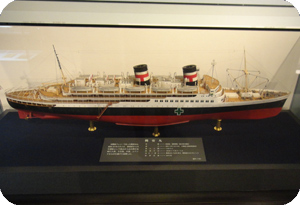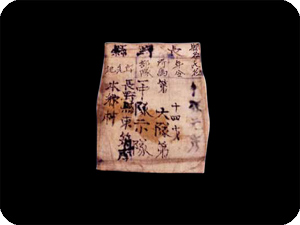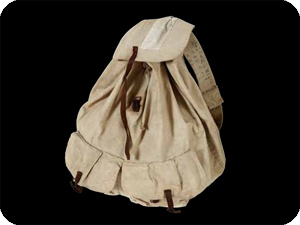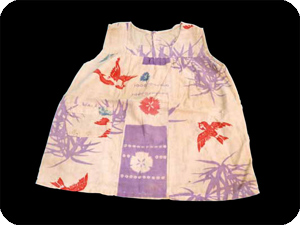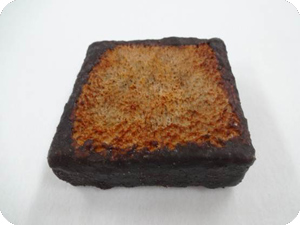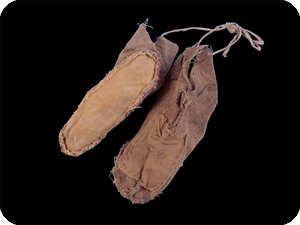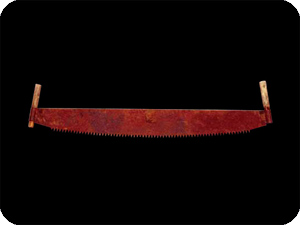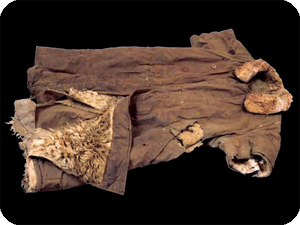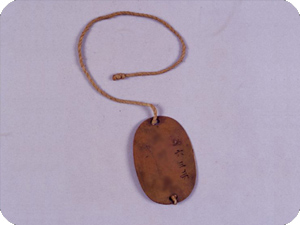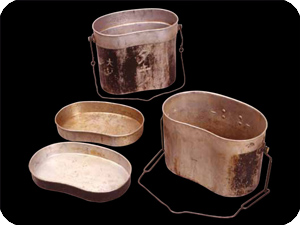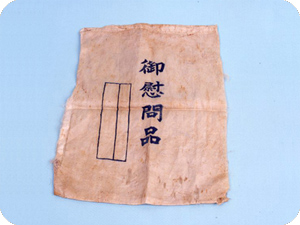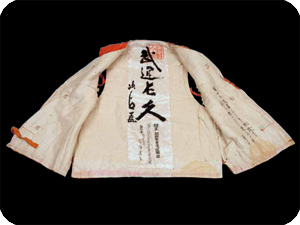Soldiers
They left their families and went to fight for their country, risking their lives to fulfill their duties and enduring great hardship.

Detainees in Siberia
They endured brutal forced labor, inadequate food rations, and appalling living conditions in Siberia and other Arctic areas of the former Soviet Union and Mongolia, even after the war.

Postwar repatriates
They had been living overseas and were dispossessed after Japan’s defeat in World WarⅡ. They endured terrible conditions and physical danger as they made their way back to their homeland.

These displays are designed to help ensure that the memory of the suffering of Japan’s World War II soldiers, detainees in Siberia, and postwar repatriates is passed down to future generations who have never experienced war. They include historical materials, graphics, videos, and dioramas.
Soldiers Zone
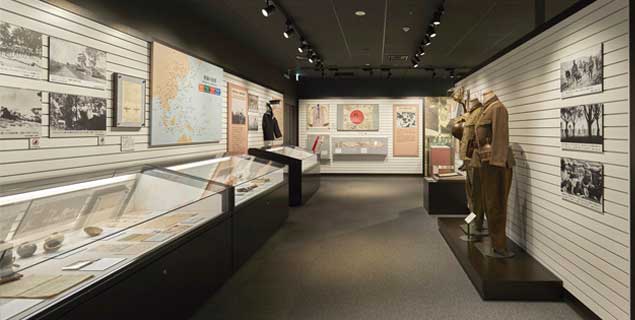
The displays in this zone show a draft order, military uniforms, diaries, letters, and other items that communicate the hardships of the soldiers.
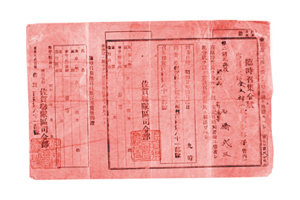
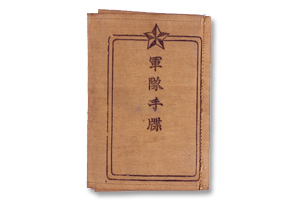
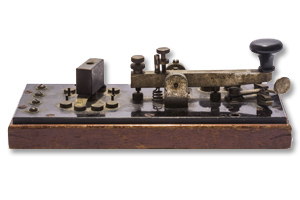
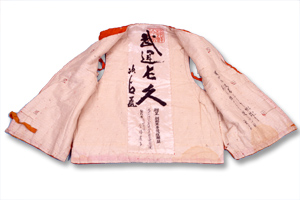
Detainees in Siberia Zone
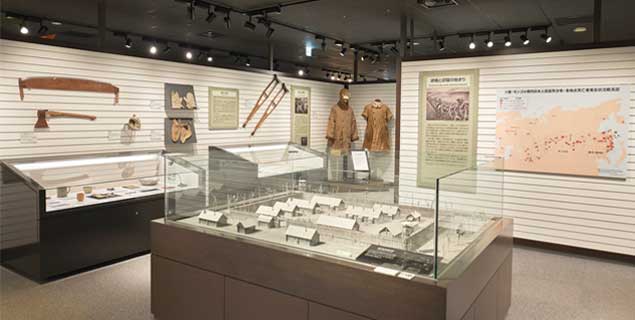
The displays in this zone show includes a model of a gulag, or Soviet forced labor camp, as well as tools used in forced labor, handmade eating utensils, and pictures drawn by those who experienced gulag life.
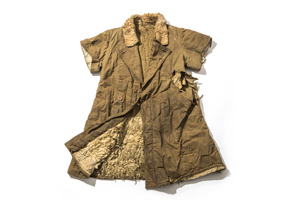
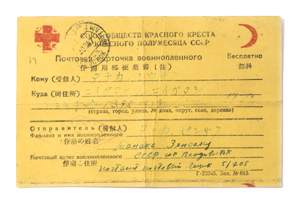
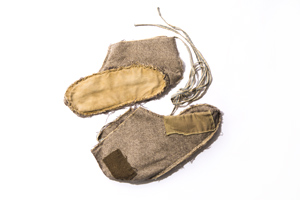
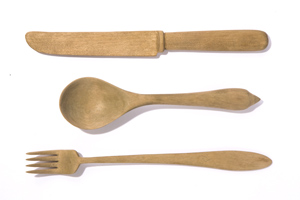
Postwar Repatriates Zone
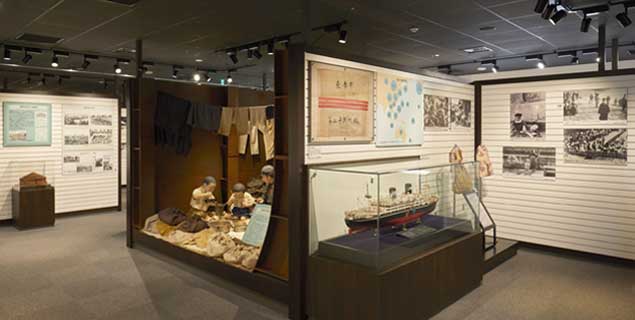
The displays in this zone show documents issued at the time of repatriation, a model of the repatriation ship, and photographs of children.
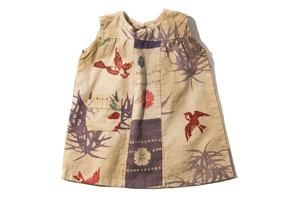
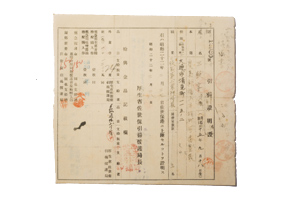
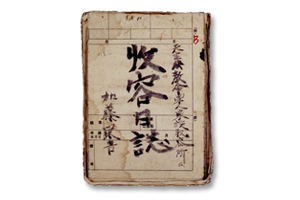
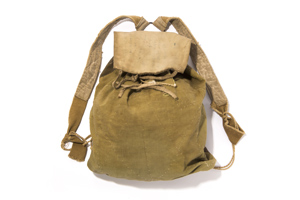
Visitor Information
●Hours
9:30 to 17:30 (admission until 17:00)
●Admission
Free
●Closed
Mondays
●If a national holiday or its substitute falls on a Monday, the Museum is open. and is closed on the following day.
●The Museum is open on Mondays during the summer season.
Year-end and New Year holidays (December 28 to January 4)
When the Shinjuku Sumitomo Building is closed
●Access

●3-minute walk from Tochomae Station (Toei Oedo Line)
●7-minute walk from Nishi-Shinjuku Station (Tokyo Metro Marunouchi Line)
●10-minute walk from Shinjuku Station (JR, Odakyu and Keio Lines)
33rd floor, Shinjuku Sumitomo Building
2-6-1, Nishi-Shinjuku, Shinjuku-ku, Tokyo 163-0233
Tel. +81-3-5323-8709 Fax. +81-3-5323-8714


